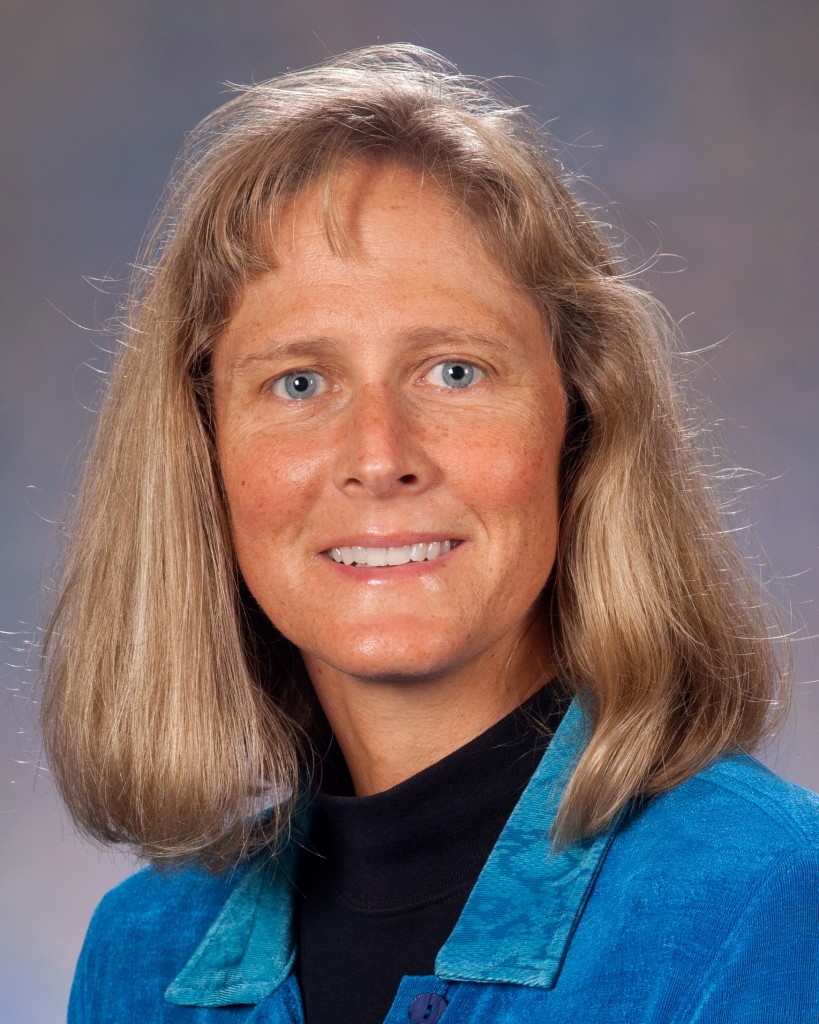GAINESVILLE, Fla.—A new achievement gap is developing among Florida middle-school students based on their access to technology and whether they understand how to use it, according to University of Florida education researchers.
They say this “digital divide” is rooted in how students’ socioeconomic status, gender and ethnic background affect their computer savvy.
UF education technology researchers Albert Ritzhaupt and Kara Dawson, and colleagues from the American Institutes for Research and the University of South Florida, investigated the growing digital divide among almost 6,000 middle school students from 13 school districts in the state. Their findings were reported recently in the Journal of Research on Technology in Education.
The researchers evaluated the students’ computer skills and also found that their interaction with technology “wasn’t all that equitable.”
“Students and professionals have to increasingly operate in a digital world,” said Ritzhaupt, co-principal investigator and lead author of the research report. “This body of knowledge and skill has touched virtually every sector of the economy, and we have a responsibility in public education to prepare students to enter this workforce.”
To identify potential discrepancies among the students, the researchers determined three characteristics that could form a digital divide: access to technology and the Internet in their schools, how and how often they used the technology in the classroom, and their computer skill levels.
The researchers then administered a performance-based exam in a simulated software environment. Some questions asked students to search the Internet for relevant information, requiring knowledge of what search terms to use, how to discriminate between credible and relevant findings, and how to apply this information to their assignments. The skills tested are based on the 2008 National Educational Technology Standards for Students.
The study revealed that students with lower socioeconomic backgrounds performed poorer than the more affluent students. Non-white students also scored lower. However, females outperformed males, which Ritzhaupt said is inconsistent with previous findings.
“The problem is that one of the things the state is pushing is digital learning and computer-based state testing, and our schools aren’t ready for this,” Ritzhaupt said. “Students need more technical support, more training and more resources.”
Ritzhaupt said it will take more than money to narrow this technology divide. He said schools can build relationships with community partners to get resources, provide professional development to teachers, and support students in raising their technology acumen.
Schools can transform into community centers to share knowledge and access to others in the community, he said, and district administrators can provide incentives to teachers who integrate meaningful digital lessons into their classrooms and schools.
“There are many things that can be done, but we have to first acknowledge that a serious problem exists,” Ritzhaupt said.
CONTACT
SOURCE: Albert Ritzhaupt, associate professor, education technology, UF College of Education, 352-273-4180
WRITER: Alexa Lopez, news and communications, UF College of Education, 352-273-4449
MEDIA CONTACT: Larry Lansford, director, news and communications, UF College of Education, 352-273-4137


